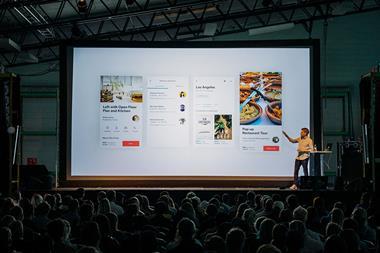
Employee engagement has been a buzzphrase in the workplace for years. Research has shown that committed, involved and engaged employees outperform their ‘disengaged’ counterparts at work.
However, with rapidly changing employee needs and motivations, engagement has become more challenging. The following are simple positive interventions you can consider implementing immediately.
Give compliments generously. In recent research by a team of Japanese scientists, three groups of adults were asked to learn and perform a simple task. One group included an evaluator to compliment participants individually, and another group involved individuals watching another participant receive a compliment. The group of participants who received direct compliments performed better.
Focus on strengths. Spotting positives not just in people but also in the organisation can lead to higher levels of productivity.
Imagine your company’s sales revenue is dropping, and you can’t find the resources you need. Typically, management will focus on the things that are not working - this is the conventional approach to problem solving. However, in some cases, all it does is present a potential rise in fault-finding behaviours, which can further jeopardise morale.
Alternatively, shift to a positive perspective - look at the things that are working and build on them. This is the premise behind ‘appreciative inquiry’, a method of problem solving that was pioneered by David Cooperrider of Case Western Reserve University. Appreciation means to recognise and value the contributions or qualities of people around us. Inquiry means to explore and discover, seek to understand better, and be open to new possibilities.
When combined, this means that by appreciating what is good and valuable in the present situation, we can discover and learn ways to affect positive change. Coupled with regular praise, a culture of positivity creates a more resilient and optimistic workforce.
Employee engagement cannot just be a series of staff surveys or team-building activities. Sometimes the smallest things that we do create the biggest waves.


















No comments yet